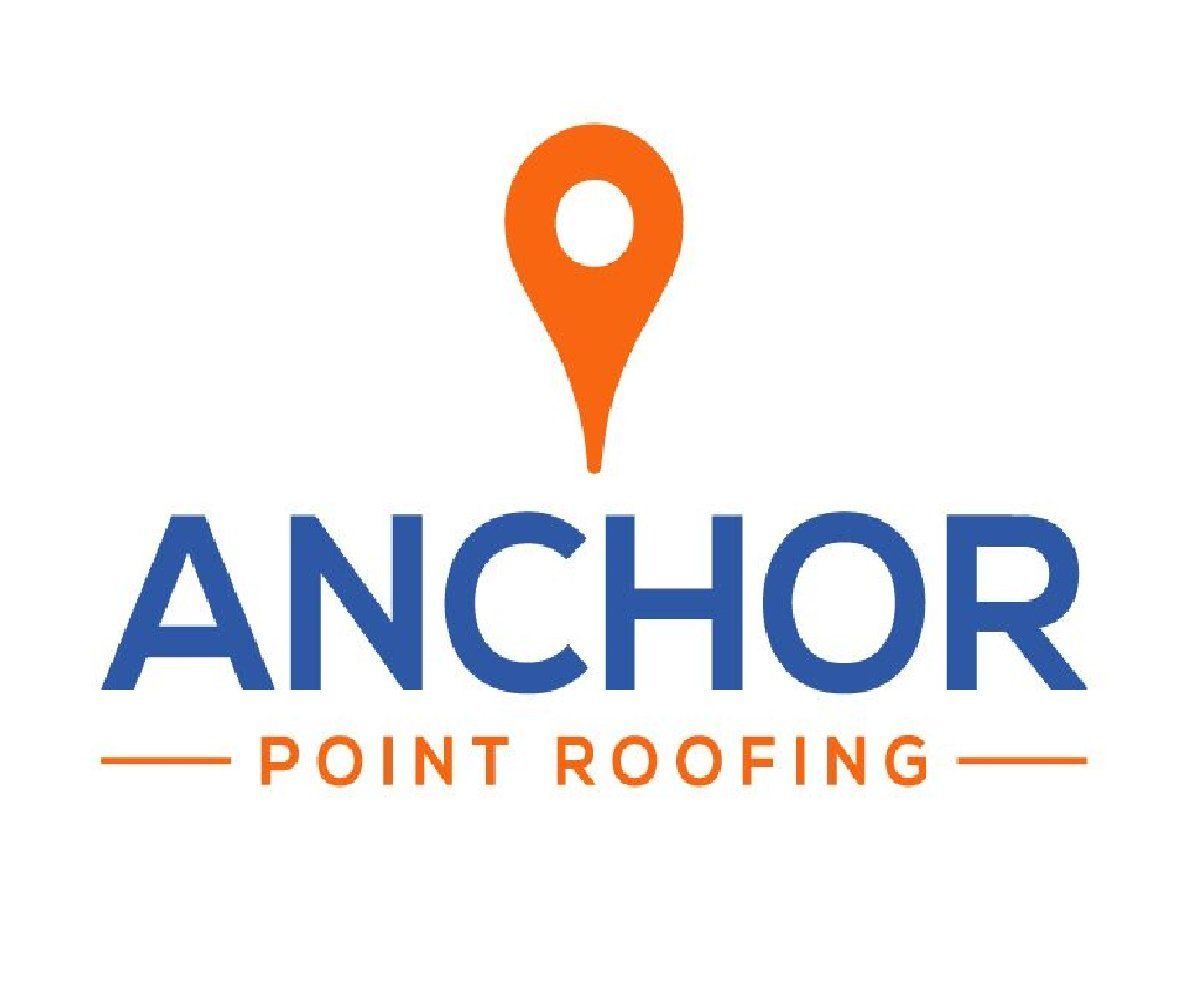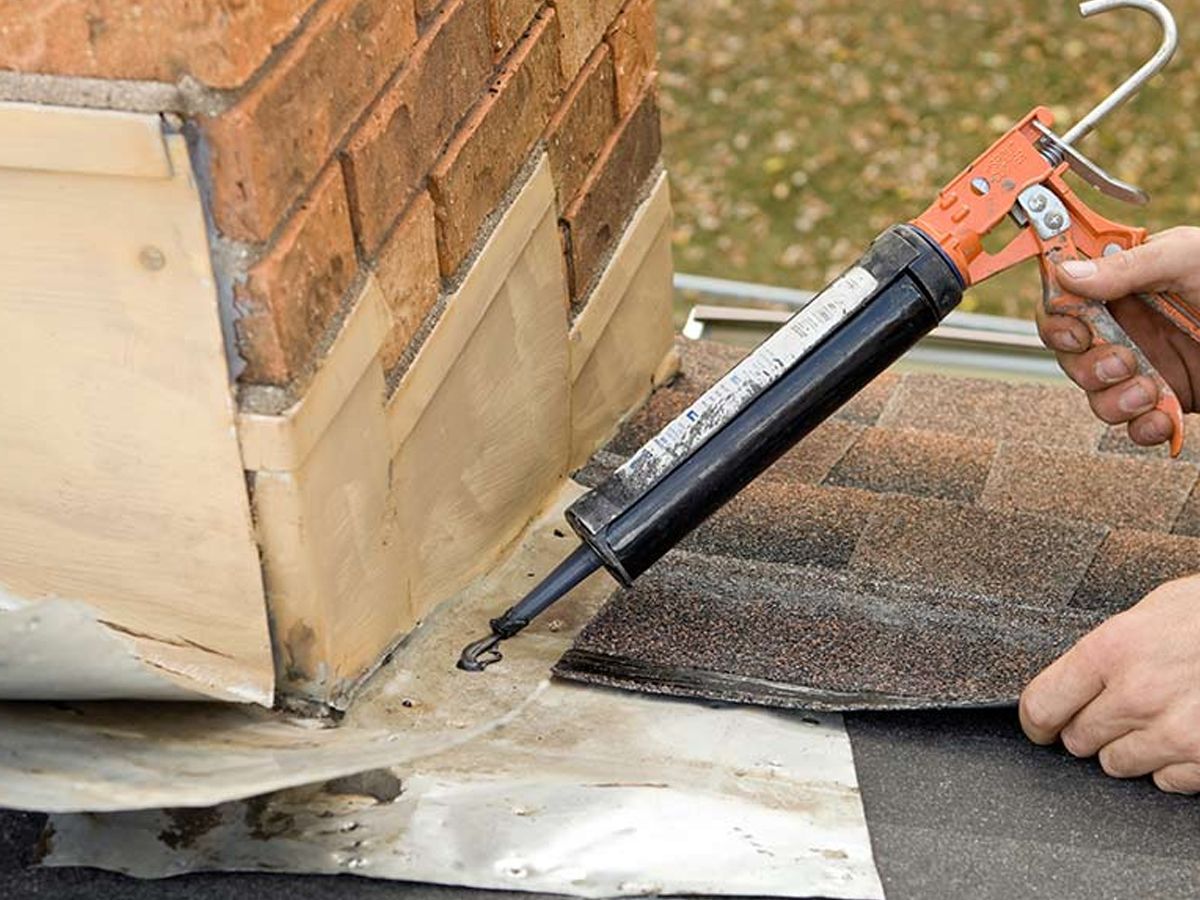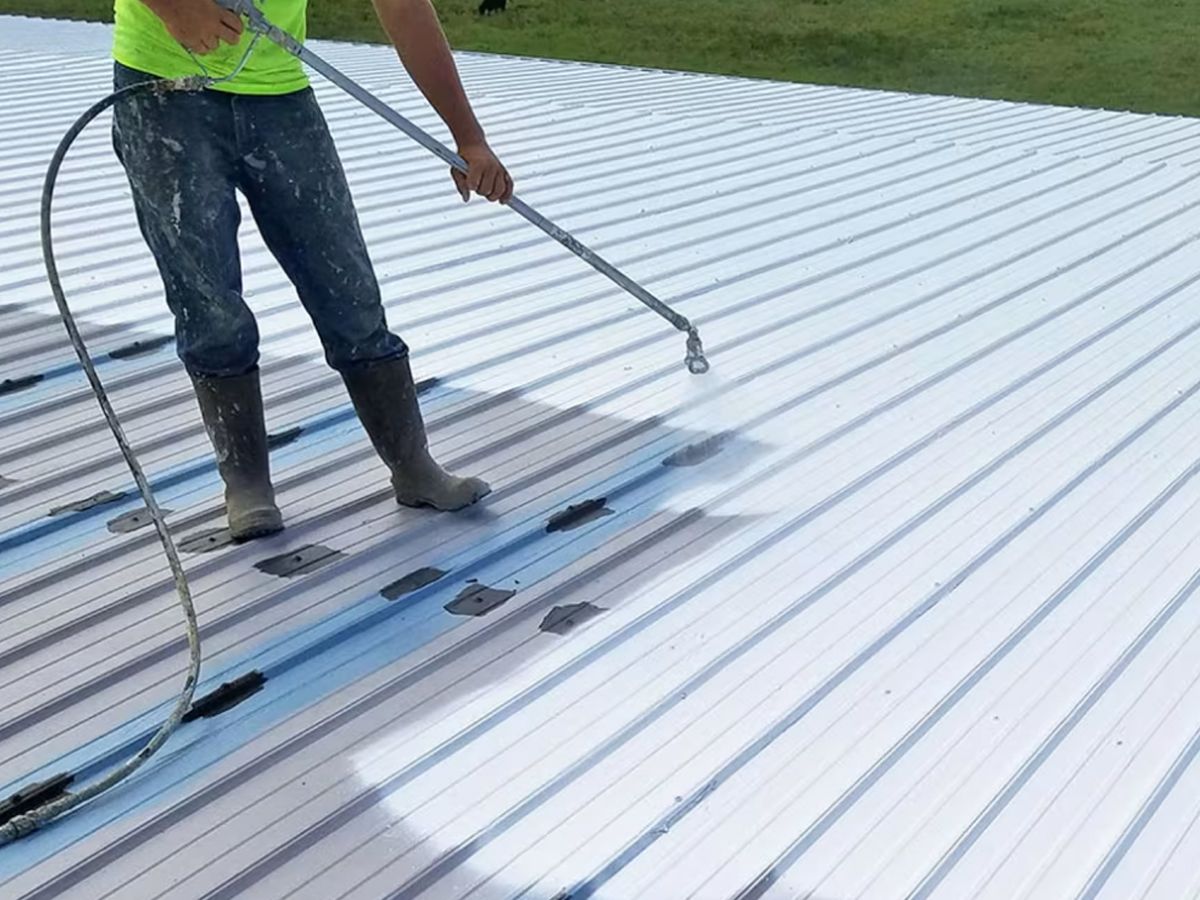About The Author
ANCHOR POINT ROOFING
Roof membranes are not widely understood, but they are hugely important to the health of your roofing system, providing an extra layer of protection against water infiltration, UV rays, and other potential hazards.
Want to understand how it works? In this detailed guide, we’ll delve into:
- What a roof membrane is
- The various types available
- The cost of installing a new roof membrane
- When it’s time to replace your existing one
Keep reading to become an expert on roofing membranes!
WHAT IS A ROOF MEMBRANE?
A roof membrane is a waterproof layer that is applied to the roof deck to protect your home from water infiltration and environmental damage. It is a vital part of your roofing system, providing an added barrier against rain, snow, hail, and other elements that could potentially damage your home. Roof membranes are designed to create a watertight seal and prevent moisture from penetrating your roof structure, thus safeguarding your home’s interior.
They are typically used as part of a flat roof system.
6 DIFFERENT TYPES OF ROOF MEMBRANES
Roof membranes come in various materials and types, each with its own set of advantages and disadvantages. The choice of roof membrane largely depends on your budget, climate, and specific roofing needs. Here are some common types of roof membranes:
1) BUILT-UP ROOFING (BUR):

BUR roofs consist of multiple layers of asphalt-saturated felt or fiberglass mat. These layers are bonded together with hot asphalt or adhesive.
BUR roofs are known for their durability and longevity, making them suitable for flat and low-slope roofs.
2) SINGLE-PLY MEMBRANES:
Single-ply membranes are lightweight and easy to install. Common types include:
- TPO (Thermoplastic Olefin)
- PVC (Polyvinyl Chloride)
- EPDM (Ethylene Propylene Diene Terpolymer)
TPO and PVC membranes offer excellent UV resistance and energy efficiency. EPDM is known for its flexibility and resistance to extreme temperatures.
3) MODIFIED BITUMEN ROOFING:
Modified bitumen roofing combines the advantages of BUR and single-ply membranes. It consists of layers of bitumen (asphalt) mixed with modifiers, reinforced with a fiberglass or polyester mat.
Modified bitumen roofing is known for its toughness and flexibility.
4) SPRAY POLYURETHANE FOAM (SPF):
SPF is a spray-applied roofing system that expands and forms a seamless, waterproof barrier. It offers excellent insulation and is ideal for irregularly shaped roofs or those with a lot of penetrations.
5) METAL ROOFING:

Metal roofing membranes, often made of:
- Steel
- Aluminum
- Copper
They are highly resistant to fire, wind, and pests. Metal roofs can be installed in various styles, including standing seam, corrugated, and metal shingles.
6) GREEN ROOF MEMBRANES:
Green roofs incorporate vegetation and a waterproofing membrane to create an environmentally friendly and energy-efficient roofing system.
These membranes require special attention to prevent root penetration and ensure waterproofing.
HOW MUCH DOES A NEW ROOF MEMBRANE COST?
The cost of installing a new roof membrane can vary significantly based on several factors, including the type of membrane, the size and complexity of your roof, and labor costs in your area. Here’s a rough estimate of the costs you can expect:
- Built-Up Roofing (BUR): On average, BUR roofing can cost between $5 and $10 per square foot for materials and installation.
- Single-Ply Membranes:
- TPO and PVC membranes typically range from $6 to $12 per square foot.
- EPDM roofing can cost between $4 and $8 per square foot.
- Modified Bitumen Roofing: Expect to pay between $5 and $10 per square foot for modified bitumen roofing.
- Spray Polyurethane Foam (SPF): SPF roofing may cost between $5 and $8 per square foot, including insulation.
- Metal Roofing: Metal roofing costs vary widely, but the range is typically between $7 and $15 per square foot.
- Green Roof Membranes: Green roofs can be more expensive due to the additional components involved, with costs ranging from $10 to $30 per square foot.
Keep in mind that these estimates are general guidelines, and the actual cost of your project may differ. It’s advisable to obtain quotes from reputable roofing contractors in your area for a more accurate assessment.
WHEN SHOULD YOU REPLACE YOUR ROOF MEMBRANE?

Knowing when to replace your membrane roofing is crucial to maintaining the integrity of your roof and protecting your home. Here are some signs that indicate it may be time for a membrane roof replacement:
- Age: The lifespan of a roof membrane varies depending on the type but typically ranges from 15 to 30 years. If your roof membrane is nearing the end of its expected lifespan, consider replacement.
- Leaks: Water infiltration or persistent leaks in your home are clear signs that your roof membrane is no longer doing its job effectively.
- Visible Damage: Inspect your roof for visible signs of damage, such as cracks, blisters, or tears in the membrane. These issues can compromise the membrane’s integrity.
- Bubbling or Buckling: If you notice areas where the membrane has bubbled or buckled, it may indicate underlying moisture issues that require attention.
- Excessive Granule Loss (For Bitumen Roofs): If you have a bitumen roof, excessive granule loss from the membrane can indicate wear and tear.
- Poor Energy Efficiency: A deteriorating roof membrane can lead to reduced energy efficiency in your home, resulting in higher utility bills.
- Algae or Mold Growth: Algae or mold growth on your roof can be a sign of moisture problems that need addressing.
- Sagging Roof Deck: If your roof deck appears to be sagging or showing signs of structural issues, it may be time for a roof replacement.
WORK WITH MEMBRANE ROOFING EXPERTS
Understanding what a roof membrane is, the various types available, the associated costs, and when to replace it is essential for maintaining a safe and comfortable living environment. Whether you opt for a traditional built-up roof, single-ply membrane, or an eco-friendly green roof, choosing the right roof membrane and maintaining it properly will ensure your home stays protected from above for years to come.
Not sure which one you want to go with? Your favorite local roofing contractor at Anchor Point Roofing is here to help! Contact our team today to set up your consultation!





